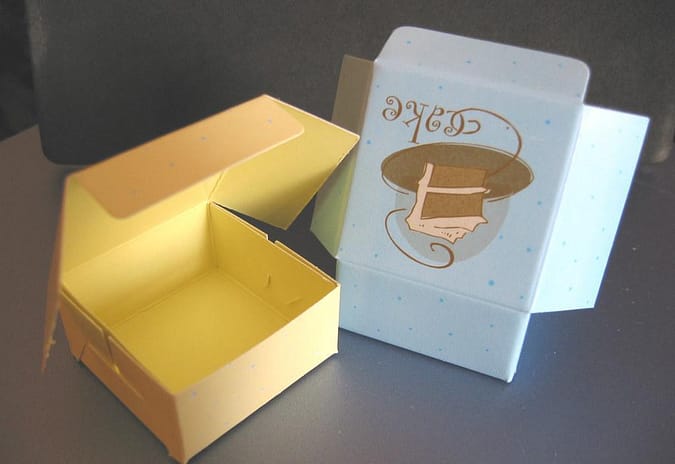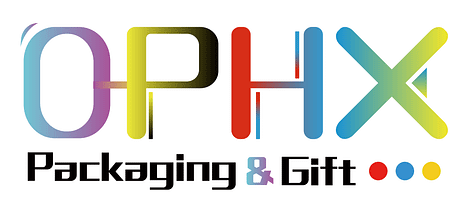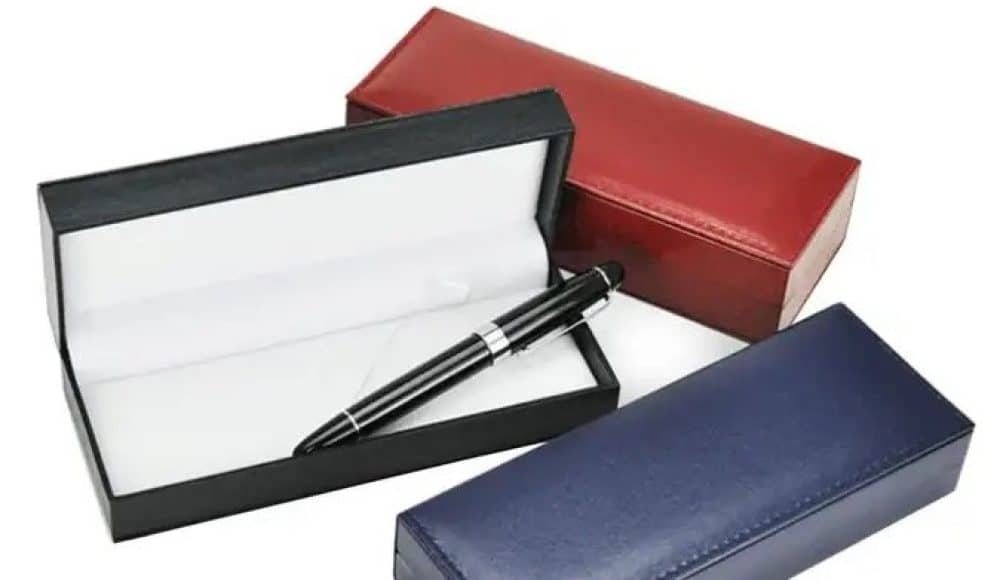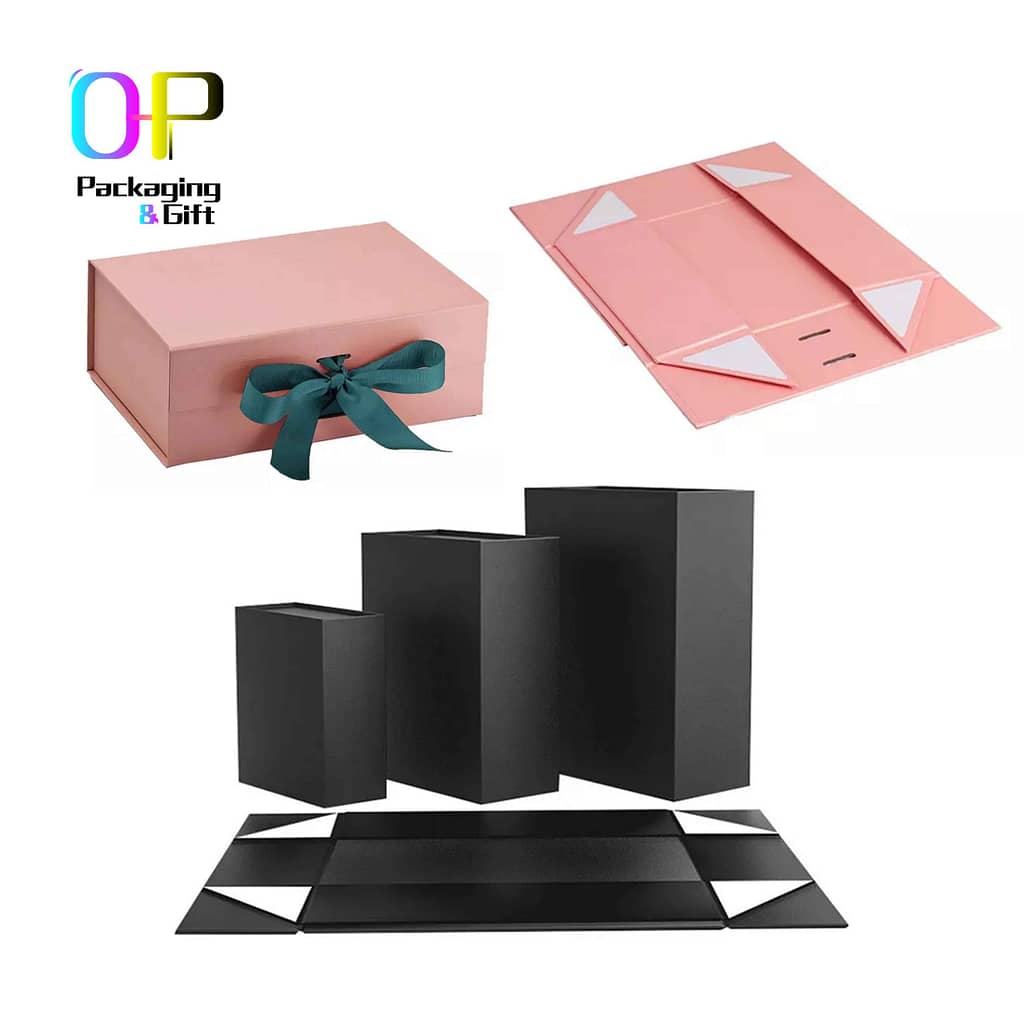Understanding the Packaging Box Process: From Design to Production

(1) Lamination: Lamination is the process of covering a paper product with a layer of transparent plastic film. Consequently, this enhances the durability and appearance of the product.Lamination is divided into “glossy film” and “matte film”. The glossy film has a crystal-clear, colorful surface that does not change color for a long time. It has a soft feel and colorful surface patterns. Matt film has a foggy surface as can be seen from the color of the surface. After lamination, it has a matte surface like frosted.

(2) Hot stamping: Hot stamping involves heating the metal plate, applying foil, and embossing golden text or patterns on the printed matter. Consequently, this process adds a luxurious and elegant touch to the finished product.
(3) Hot stamping: The process principle is basically the same as hot stamping, but the materials used are somewhat different. In terms of appearance, one has a golden luster and the other has a silver luster.
(4) UV: UV refers to UV varnishing, or ultraviolet varnishing (ULTRAVIOLET), which uses ultraviolet light to trigger an instant photochemical reaction of UV varnish oil. Consequently, this process forms a bright coating with a network chemical structure on the surface of the printed matter.
(5) Embossing: It is a embossing method that does not use ink. It is a process in which the packaging box is placed in a set of gravure and relief plates corresponding to the graphics and texts, and the two templates are pressed against each other under a certain pressure to make the packaging box present embossed convex and concave graphics and patterns.





